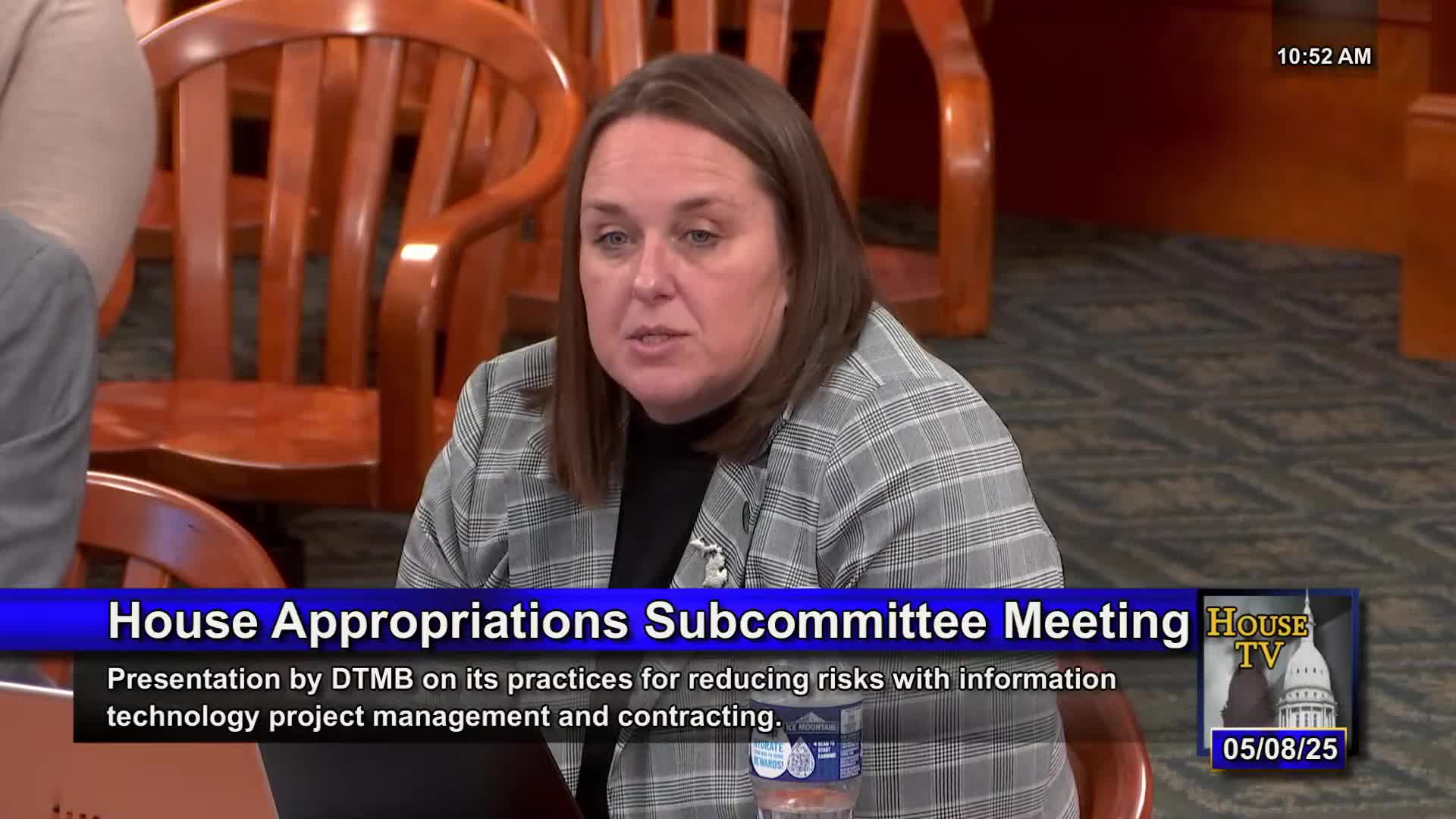DTMB embraces agile project management and modular architecture in Michigan's IT strategy
May 09, 2025 | 2025 House Legislature MI, Michigan
Thanks to Scribe from Workplace AI , all articles about Michigan are free for you to enjoy throughout 2025!

This article was created by AI using a video recording of the meeting. It summarizes the key points discussed, but for full details and context, please refer to the video of the full meeting. Link to Full Meeting
The DTMB has reported that approximately 60% of its projects are now utilizing agile practices, which emphasize iterative development and continuous stakeholder engagement. This approach contrasts with the traditional waterfall model, which is more linear and less adaptable to changing requirements. The agile methodology allows for shorter project cycles, known as sprints, enabling teams to respond more quickly to the needs of project owners and agency stakeholders.
During the meeting, officials outlined the four phases of the project lifecycle: execution, closeout, maintenance, and modernization. The closeout phase is particularly crucial as it involves verifying project completion, documenting results, and transferring responsibilities to operational support teams. Notably, the measurement of benefits from these projects can take two to five years, highlighting the long-term nature of IT investments.
The discussion also touched on the DTMB's strategic initiatives, including the adoption of a DevSecOps model, which integrates development, security, and operations. This model promotes a modular architecture over the older monolithic application design, allowing for more scalable and reusable code. The transition to a modular approach is expected to enhance collaboration among teams and improve the overall quality of software development.
Additionally, the DTMB is implementing a "cloud smart" initiative, which aims to optimize how state systems are hosted and managed. This initiative includes a multi-cloud strategy that avoids vendor lock-in and tailors hosting solutions to the specific needs of various applications. By modernizing legacy systems and migrating them to cloud environments, the DTMB seeks to improve service delivery and operational efficiency.
In conclusion, the discussions at the meeting underscored the DTMB's commitment to modernizing IT services through agile methodologies and strategic initiatives. As these changes take root, stakeholders can anticipate improved responsiveness and effectiveness in state government operations, although the full realization of benefits may take time. The ongoing efforts reflect a significant shift in how Michigan's government approaches technology and service delivery, aiming for a more agile and responsive future.
Converted from Appropriations: Subcommittee on General Government - 5/8/2025 meeting on May 09, 2025
Link to Full Meeting
Comments
View full meeting
This article is based on a recent meeting—watch the full video and explore the complete transcript for deeper insights into the discussion.
View full meeting
